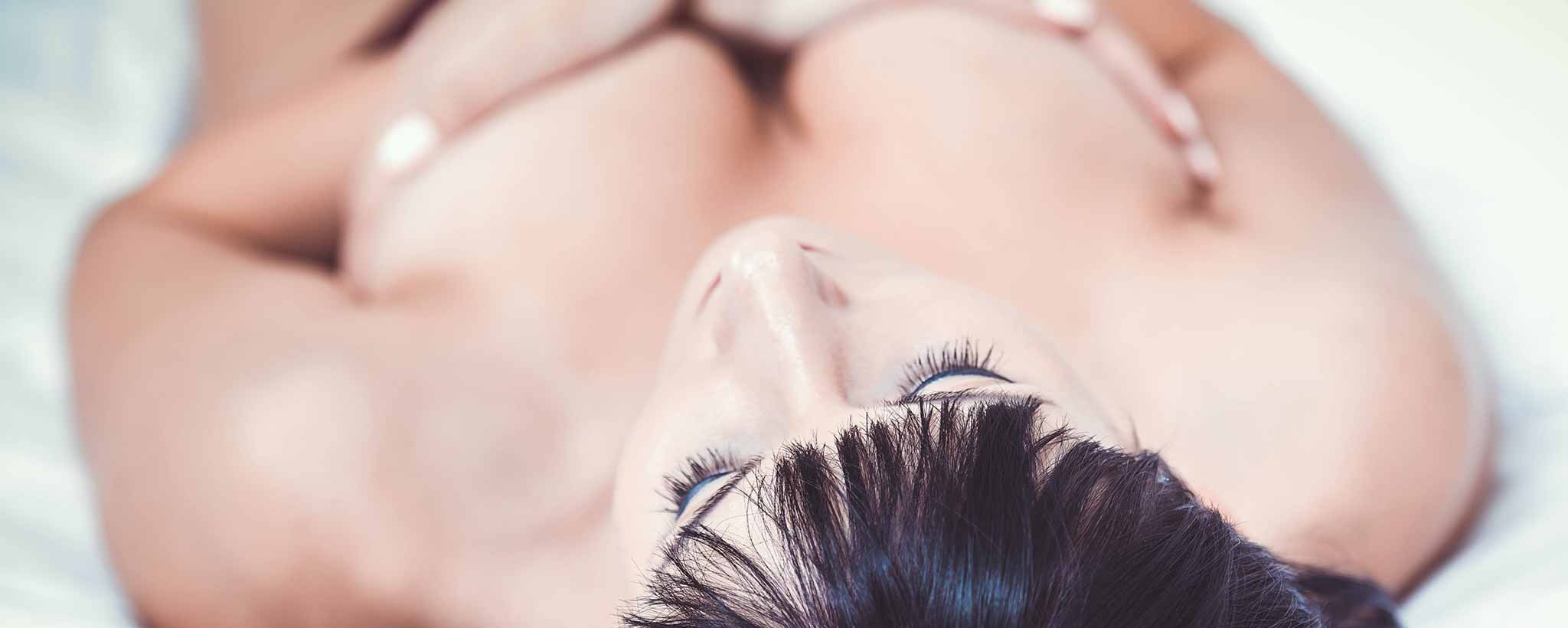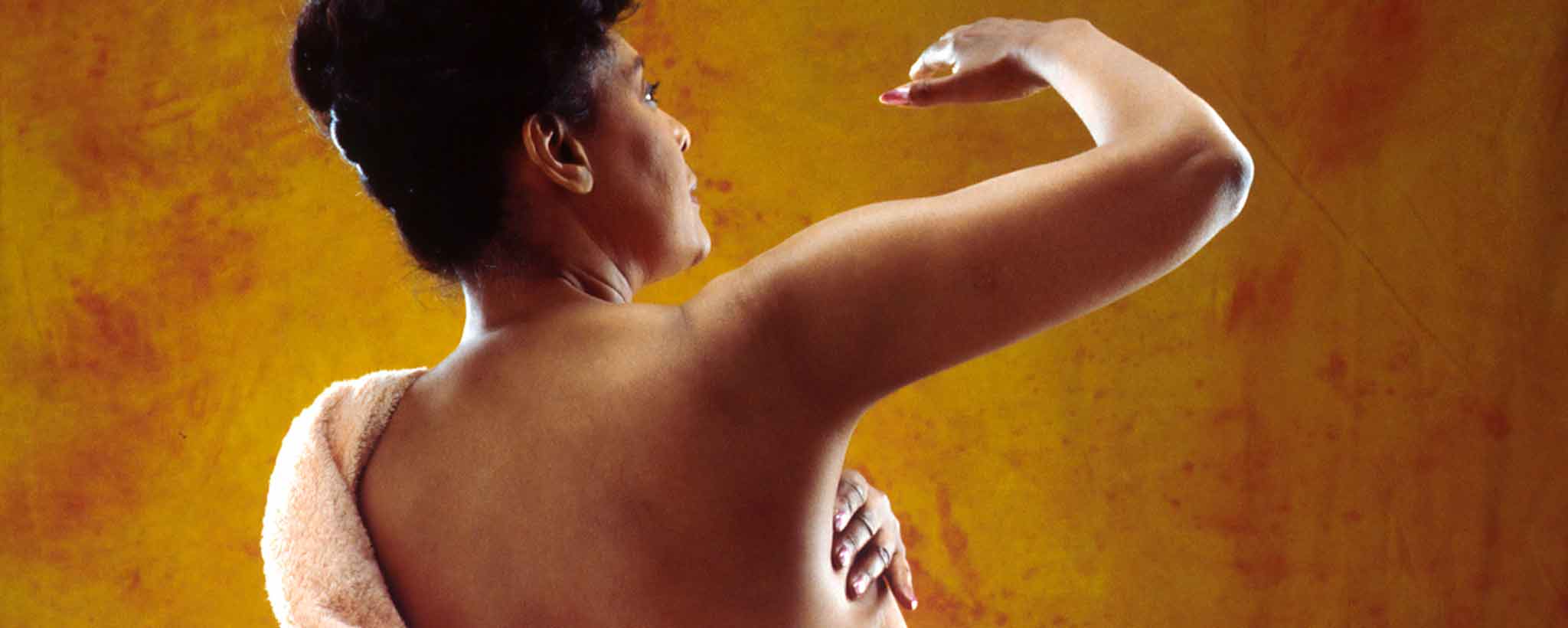The ultimate appearance has no standard beyond what the entertainment media promotes. Nipple size and color charts depict normal nipple sizes and position.
⚠️ Use Discretion: Graphic human anatomy.
Female vs Male NippleOctober Breast Cancer Awareness Month
Prior to adolescence, there are more similarities among male and female nipples than differences. Between the ages of 10 and 13, females develop buds, followed by breast maturation. Mammary glands allow nursing mothers to produce milk.
The ultimate breast and nipple appearance has no standard beyond what the entertainment media promotes. Artists base anatomical illustrations on average measurements.
Nipple Visual Characteristics
Plastic surgeons and nipple repigmentation tattoo artists are most concerned with proper nipple diameter and placement. Cosmetic surgeons reconstruct breasts following mastectomy, perform mastopexy (breast elevation and reshaping), and correct gynecomastia.
With gynecomastia, male breast glandular tissue swells due to a reduction in male hormones (testosterone) or an increase in female hormones (estrogen). The benign growth above the pectoral muscles produces breast-like bulges. There may also be a slight lump behind the nipples. Women who lose nipples with mastectomy may opt for nipple prosthesis.
What is the normal male nipple size? The male areolar diameter is about 1.1 inches (2.8 cm). On average, a woman’s areola is 1.5 inches (4 cm) in diameter with the nipple occupying one-third of that diameter. But areolae or nipples can be smaller or larger. The ideal position of female nipples is approximately two-thirds down the breast, slightly closer to the arms.

There is considerable variance in female nipple diameter, ellipse, position, color, and protuberance.
Some female nipples or areolae are pale while others are very dark. Areolae have between 4–28 tiny bumps called Montgomery’s tubercles (a combination of milk glands and sebaceous glands). The areola may be puffy and tuberous while other women have nearly flat or inverted nipples.
Inversion and asymmetry, though common, can add to a woman’s fear of mate rejection. The function of female breasts is unhindered by such variety. Growing during pregnancy, nipples allow for lactation after childbirth. A scant few men can produce milk.
Most areola color changes are benign. However, sometimes a nipple color change requires medical attention. Causes of darkening nipples include:
- oral contraceptives
- puberty
- pregnancy
- dark areola hairs
- menstruation
- breastfeeding
- eczema or cancer

When shaved and viewing closeup, it is sometimes difficult to distinguish nipple gender. (Is the main image for this article male or female?)Which side of the inset image is male or female?) Free the Nipple has become a social movement based on what proponents feel is inequality. The male nipple does not come under as much scrutiny as that of the female.
Generally with much less protrusion than female counterparts, a male nipple may be dark, reddish, pale, bumpy, or hairy. Appearance does not affect societal acceptance. Men can walk around in public with bare chests. Most laws view women who do so as indecent. This stems from the fact that for many males, the sight of women’s larger nipples elicits arousal.
As women age, thinning skin, weakening muscles, and increasing fat pull breasts downward. So what appears optimal in the mid-20s can change 20 years later. By 60, nipples may be sagging downward. Differences are less dramatic among lighter A- or B-size cups.
Nipple Lactation

Mammary ducts carry milk from glandular lactiferous lobules to nipples. Each nipple, in the center of the areola, has 4 to 18 milk ducts or perforations, as well as nerves. The non-pregnant and non-lactating female breast is mostly fat and collagenous tissue, with mammary glands making up a very minor proportion of breast volume.
In response to progesterone, clusters of balloon-like breast alveoli bud from the ducts and expand outward toward the chest wall. Clusters of alveoli that drain to a common duct are called lobules. Small bumps called Montgomery glands on the areolae secrete oil to cleanse the nipple opening and prevent chapping and cracking of the nipple during breastfeeding.
Since male nipples are essentially decorative, it is uncommon for men to lactate. To produce milk, a hormone spike must occur.
Nipple Sensitivity
Despite having nipples, the male attraction to female nipples is a visible contrast with their own. Appeal often correlates to the degree of variance. Female nipples extend and stiffen when cold.
During intimate encounters, male and female nipples are common erogenous zones. Gentle stimulation enhances excitement due to nerve endings. Like everything else, there are exceptions. Some individuals are tickled and others are irritated by contact.
A survey in 2006 found that sexual arousal in about 82% of young females and 52% of young males occurs or is enhanced by direct stimulation of nipples, with only 7–8% reporting that it decreased their arousal. The stimulation of women's nipples from suckling, including breastfeeding, promotes the production and release of oxytocin and prolactin.
There are over two dozen reasons for nipple sensitivity or pain. During perimenopause, estrogen and progesterone levels rise and fall in unpredictable patterns before starting to taper off. The spikes in hormone levels can make female breasts hurt. Soreness should improve once periods end with cessation of estrogen production.
Women are not certain what shape their final areola will take until after puberty. They hope their mate is pleased with the outcome—whether flat, tuberous, pale, or dark. It is unfair for men to hold them up to standards over which there is no control. Most female anatomy posters yield to the societal expectation of ideal breast size, nipple position, and coloring.
The Anomalous Areolae poster, exclusively from ClinicalPosters, illustrates a wide variety of female areolae and nipples. The variations of normal areolae contrast those with medical anomalies. This poster answers many questions women have about their breasts.
To support the writing of scholarly articles about women, ClinicalPosters sells human anatomy charts, scientific posters, and other products online. You may sponsor specific articles or remit a small donation.
ClinicalPosters sells human anatomy charts, scientific posters, and other products online to offset expense of the writing useful articles about women. Slide extra posters into DeuPair Frames without removing from the wall.
Show your support by donating, shopping for ClinicalPins, or leaving an encouraging comment to keep the research going.
To support the writing of useful articles about women, ClinicalPosters sells human anatomy charts, scientific posters, and other products online. You may sponsor specific articles or remit a small donation.
ClinicalPosters sells human anatomy charts, scientific posters, and other products online to offset expense of the writing useful articles about women. Slide extra posters into DeuPair Frames without removing from the wall.
ClinicalPosters sells human anatomy charts, scientific posters, and other products online. You may remit a small donation.
You can support the writing of useful articles about women by sponsoring specific articles or remitting a small donation. Visible content is optimized for device size.






